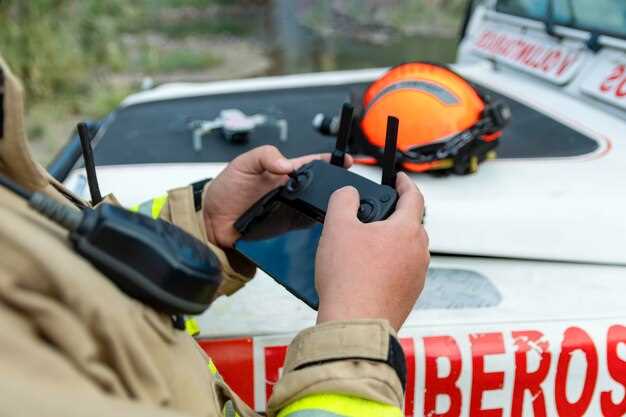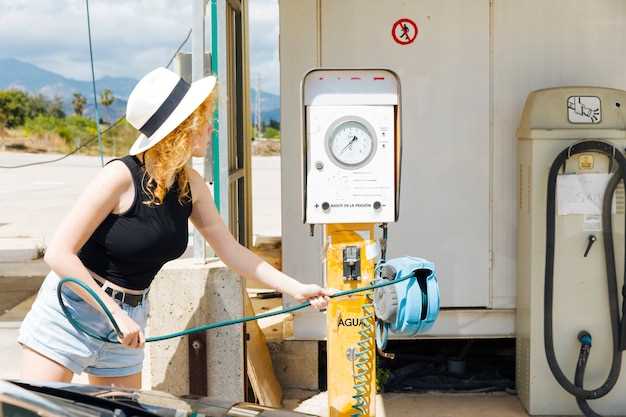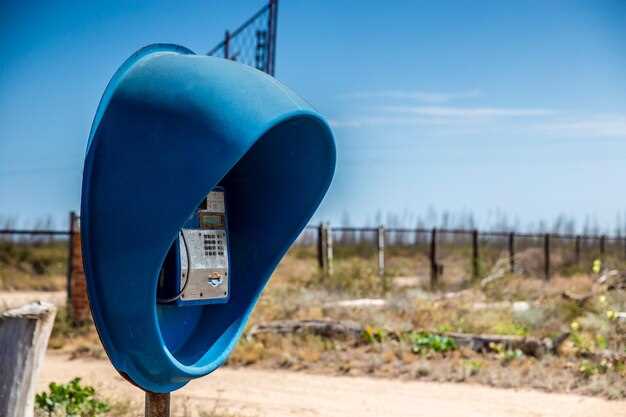
The importance of communication in maritime environments cannot be overstated, especially during emergencies. A VHF (Very High Frequency) marine radio serves as a critical tool for sailors and boaters, enabling them to establish contact with rescue services, other vessels, and coastal stations. In situations where lives are at stake, having a reliable means to convey distress signals can be the difference between safety and disaster.
When navigating the unpredictable waters, the VHF radio stands out due to its effectiveness over short to medium distances, making it the preferred choice for emergency communication. With its capability to transmit distress calls using the internationally recognized Mayday signal, it ensures that help is just a button press away. Understanding how to operate this device correctly can empower boaters to respond swiftly in critical situations.
Furthermore, the VHF marine radio is equipped with features such as Digital Selective Calling (DSC) and the ability to access weather broadcasts, which are integral during emergencies. Familiarity with these functionalities enhances preparedness and increases the likelihood of a successful rescue operation. As such, mastering the use of a VHF radio is essential for anyone venturing into maritime activities, providing not only peace of mind but also a crucial lifeline in dire circumstances.
Understanding the Distress Signal: How to Properly Use Channel 16
In emergency situations on the water, VHF marine radios are essential communication tools. Channel 16 is designated as the international distress frequency, making it crucial for boaters to understand how to use it effectively.
Here’s a guide to properly using Channel 16 for distress signals:
- Know When to Use Channel 16:
- Use Channel 16 to signal distress, urgency, or to call for help.
- Examples of distress situations include capsizing, medical emergencies, or vessel collisions.
- Making the Distress Call:
- Press the “Push to Talk” button on your VHF radio.
- Clearly state “Mayday, Mayday, Mayday” three times.
- Identify your vessel by name and describe your location.
- Explain the nature of the emergency and the assistance required.
- Listening for Responses:
- After sending the distress call, listen for responses. Be patient and attentive.
- Do not engage in unnecessary conversations on Channel 16 while awaiting a response.
- Confirming the Distress Situation:
- If help is responding, provide further details as needed, including injuries or conditions onboard.
- Maintain communication with responders until help arrives or the situation is resolved.
Understanding the proper use of Channel 16 can save lives in emergency situations. Boaters should practice using their VHF radios and ensure they can quickly send out distress signals when necessary.
Best Practices for Maintaining Your VHF Radio in Emergency Conditions

To ensure reliable communication during emergencies, proper maintenance of your VHF radio is essential. Start by regularly checking the radio’s battery life. A fully charged battery is crucial for reliable distress signaling. Make it a habit to test your radio periodically, both in normal and emergency modes, to ensure it functions correctly.
Keep your VHF radio clean and free from corrosion. Saltwater and moisture can damage the internal components. Use a soft cloth to wipe down the surfaces and ensure that the connectors remain dry and free from salt deposits. Applying a protective cover can also help keep the radio safe from the elements when not in use.
Pay attention to the location of your VHF radio. Ensure it has a clear line of sight to the surrounding area to maximize signal range. Avoid obstructing the antenna, as it plays a vital role in transmitting distress signals effectively.
Stay updated with the latest marine regulations and ensure your VHF radio is programmed with the correct channels, especially emergency frequencies like Channel 16. Familiarize yourself with the distress calling procedures to respond quickly and efficiently during a crisis.
Lastly, consider keeping a spare VHF radio or a handheld unit on board. This backup can be invaluable if your primary radio fails. Regularly check and maintain this unit as well to ensure it’s ready for use in an emergency.
Key Steps to Take After Sending a Distress Call for Immediate Assistance

Once you have successfully sent a distress call using your VHF marine radio, it is crucial to remain vigilant and take the following steps to ensure your safety and improve the chances of a quick rescue.
First, keep your VHF radio tuned to Channel 16, the emergency frequency. This will allow you to receive any response from nearby vessels or rescue services. Make sure your radio is powered on and the volume is set to an audible level.
Next, assess your situation thoroughly. Determine if there are any immediate dangers such as capsizing, flooding, or fire. If possible, take measures to stabilize your vessel and maintain crew safety. Avoid leaving the boat if it is still seaworthy, as it provides better chances of being seen by rescuers.
Continue to monitor for further communications. If you receive a response, provide clear and precise information about your location, the nature of your emergency, and the number of individuals on board. This information is critical for rescue coordination.
If you have visual distress signals such as flares or smoke signals, prepare them for use. However, do not deploy these signals until you can confirm the proximity of rescuers or if visibility is low.
In the event that you must abandon your vessel, ensure you take essential items such as life jackets, emergency beacons, and survival kits. Always aim to stay together with your crew to increase visibility and safety.
Lastly, stay calm and maintain a positive mindset. Panic can lead to poor decisions. Keep an eye out for passing vessels and signal for help if appropriate.



